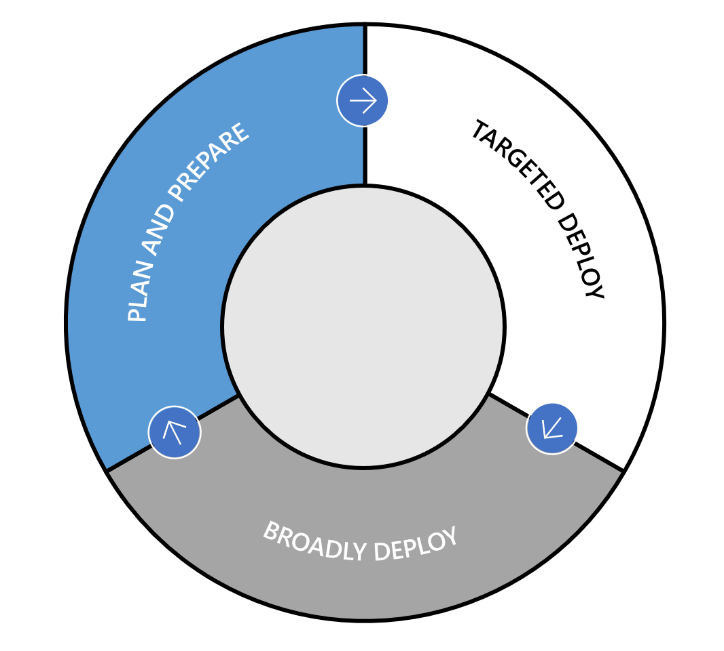Windows 10 LTSB becomes Windows 10 LTSC
Microsoft announced back in April of 2017 that it would release two feature updates of its Windows 10 operating system per year; one in March and the other in September of each year.
The Windows 10 Creators Update, released back in April 2017, was the first feature update of Windows 10 that followed the new release schedule. The Fall Creators Update, which will come out in September 2017, will be the next.
Along with the change of the release schedule came release terminology changes. Microsoft announced that it would replace the two terms "Current Branch" and "Current Branch for Business" with "Semi-Annual Channel (Pilot)" and "Semi-Annual Channel (Broad).
This is why the Windows 10 Creators Update falls under the Semi-Annual Channel servicing option already.
Enterprise customers who can't or won't follow Microsoft's twice per year release schedule may select to use Long-Term Servicing Branch (LTSB) instead. These are updated less frequently, two-three years is the schedule according to Microsoft, and are supported for 10 years.
The next release will be in 2019 according to Microsoft, and it won't be called LTSB anymore but LTSC. LTSC stands for Long-Term Servicing Channel, and it is the new term for that special branch for Enterprise customers.
This was done so that the name falls in line with the Semi-Annual Channel name changes earlier this year.

As far as support is concerned, there are two types of channels that administrators need to know about:
- Semi-Annual Channel -- will be supported for 18 months from the date of release.
- Long-Term Servicing Channel -- will be supported for 10 years from the date of release.
Windows as a service is an ongoing process according to Microsoft that sees new versions of the operating system released and old ones retired regularly. Microsoft will release two feature updates per year, in Spring and Fall, and monthly updates that are cumulative on top of that that introduce security updates and bug fixes.
Microsoft suggests the following servicing process for organizations that don't use LTSC versions of Windows 10. It is a rinse and repeat process that never ends and repeats every six months.
- Plan and prepare (evaluation) -- Use Windows Insider builds to follow Windows 10 development, validate compatibility, and provide feedback.
- Targeted deploy (piloting) -- Install Semi-Annual Channel (Pilot) releases on targeted machines to validate the new version of Windows 10, and to make sure that programs, hardware, and infrastructure are compatible. Microsoft suggests to deploy the new version on around 10% of devices).
- Broadly deploy (broad releasing)-- Begin broad deployment of the new version on all organization PCs.
This article was first seen on ComTek's "TekBits" Technology News

- Log in to post comments